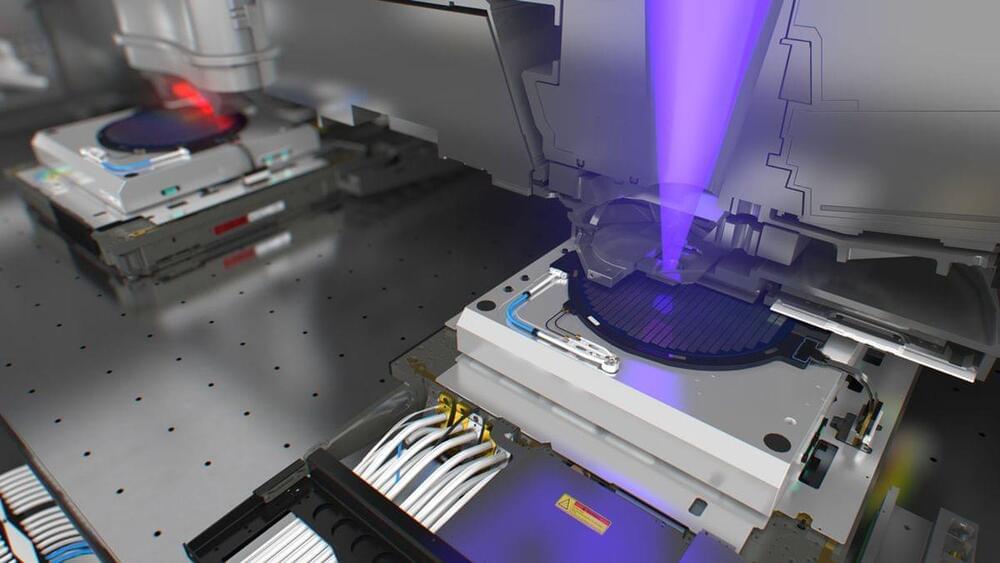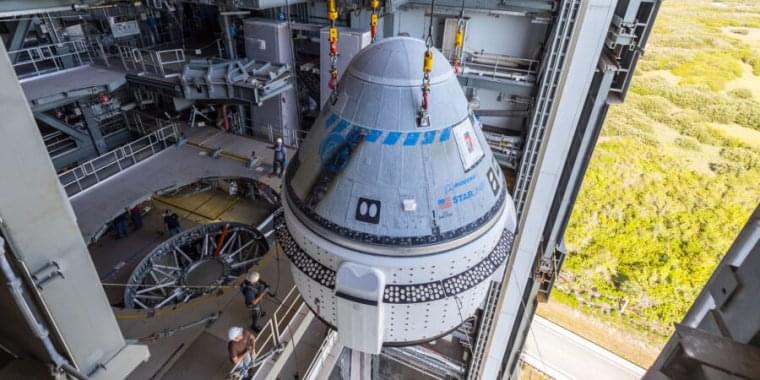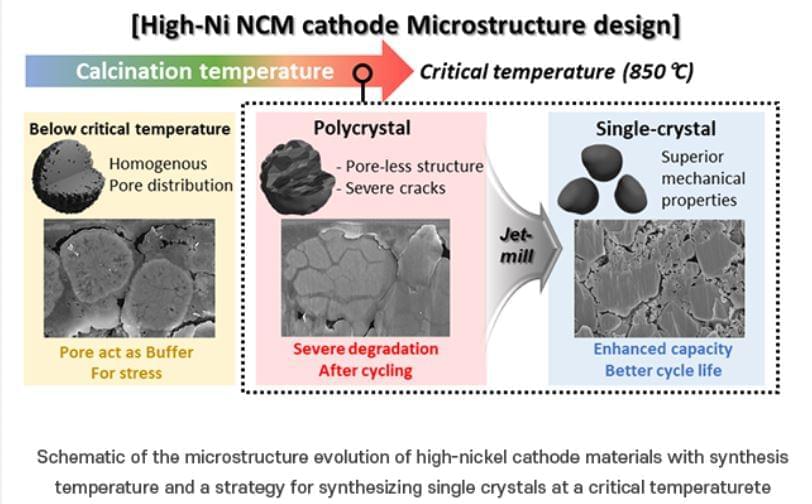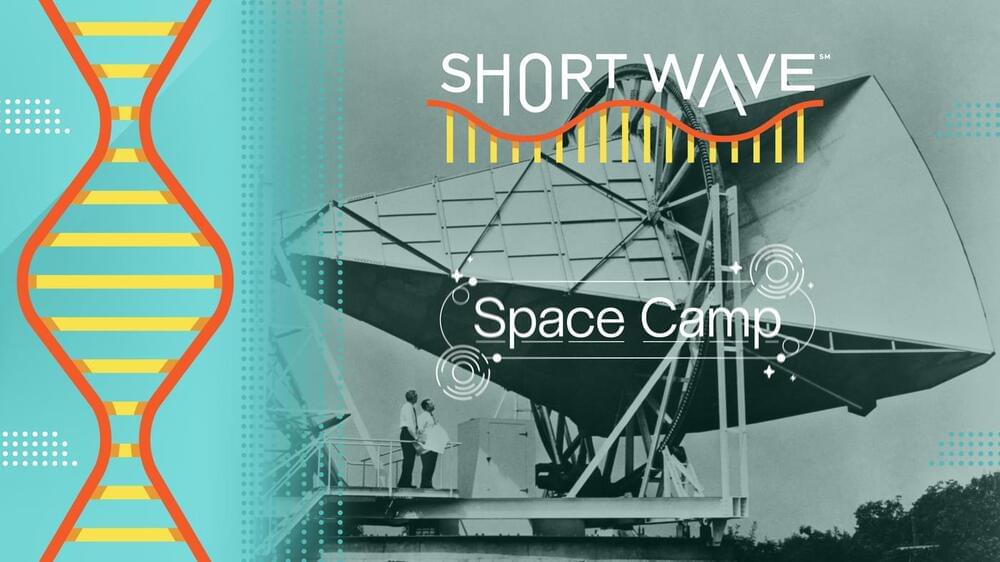Written in 1955, this short story by Philip K Dick revolves around a group of post-apocalyptic survivors resistingthe domination of an automated factory system.
Get the latest international news and world events from around the world.



NASA likely to significantly delay the launch of Crew 9 due to Starliner issues
Wow! There is no way that NASA will allow Boeing to use Starliner to return the two stranded astronauts back to Earth!
It turns out that when NASA asked Boeing to send their Starliner back to Earth on its own without crew, Boeing said that they had forgotten how to create such a program and they will need at least a month to make this work! (On their last test mission, Starliner knew how to do this since it had no crew on it.)
Introducing Figure 02
Here they are! 🦾🤖

Mars likely had cold and icy past, new study finds
A new study finds clues lurking in the Red Planet’s soil. The question of whether Mars ever supported life has captivated the imagination of scientists and the public for decades. Central to the discovery is gaining insight into the past climate of Earth’s neighbor: was the planet warm and wet, with seas and rivers much like those found on our own planet? Or was it frigid and icy, and therefore potentially less prone to supporting life as we know it? A new study finds evidence to support the latter by identifying similarities between soils found on Mars and those of Canada’s Newfoundland, a cold subarctic climate.
The study, published July 7th in Communications Earth and Environment, looked for soils on Earth with comparable materials to Mars’ Gale Crater. Scientists often use soil to depict environmental history, as the minerals present can tell the story of landscape evolution through time. Understanding more about how these materials formed could help answer long-standing questions about historical conditions on the red planet. The soils and rocks of Gale Crater provide a record of Mars’ climate between 3 and 4 billion years ago, during a time of relatively abundant water on the planet — and the same time period that saw life first appear on Earth.
“Gale Crater is a paleo lakebed — there was obviously water present. But what were the environmental conditions when the water was there?” says Anthony Feldman, a soil scientist and geomorphologist now at DRI. “We’re never going to find a direct analog to the Martian surface, because conditions are so different between Mars and Earth. But we can look at trends under terrestrial conditions and use those to try to extrapolate to Martian questions.”

Could High-Temperature Single Crystals enable Electric Vehicles capable of Traveling up to One Million Km?
Lithium (Li) secondary batteries, commonly used in electric vehicles, store energy by converting electrical energy to chemical energy and generating electricity to release chemical energy to electrical energy through the movement of Li-ions between a cathode and an anode. These secondary batteries mainly use nickel (Ni) cathode materials due to their high lithium-ion storage capacity. Traditional nickel-based materials have a polycrystalline morphology composed of many tiny crystals which can undergo structural degradation during charging and discharging, significantly reducing their lifespan.
One approach to addressing this issue is to produce the cathode material in a “single-crystal” form. Creating nickel-based cathode materials as single large particles, or “single crystals,” can enhance their structural and chemical stability and durability. It is known that single-crystal materials are synthesized at high temperatures and become rigid. However, the exact process of hardening during synthesis and the specific conditions under which this occurs remain unclear.
To improve the durability of nickel cathode materials for electric vehicles, the researchers focused on identifying a specific temperature, referred to as the “critical temperature,” at which high-quality single-crystal materials are synthesized. They investigated various synthesis temperatures to determine the optimal conditions for forming single crystals in synthesis of a nickel-based cathode material (N884). The team systematically observed the impact of temperature on the material’s capacity and long-term performance.

What the “background noise of the universe” tells us about spacetime’s origins
The Big Bang: The moment when our universe — everything in existence — began…Right? Turns out, it’s not quite that simple. Today, when scientists talk about the Big Bang, they mean a period of time – closer to an era than to a specific moment. Host Regina Barber talks with two cosmologists about the cosmic microwave background, its implications for the universe’s origins and the discovery that started it all. Interested in more space science? Email us at [email protected].

Quantum algorithm for photovoltaic maximum power point tracking
They also found that, although the power achieved by the conventional PSO algorithm was approximately 0.15% higher than that attained by the QPSO algorithm under the same conditions, the QPSO was able to beat the conventional PSO in more challenging conditions.
“Specifically, the quantum algorithm generates 3.33% more power in higher temperature tests and 0.89% more power in partial shading tests,” they emphasized. “Additionally, the quantum algorithm displays lower duty cycles, with a reduction of 3.9% in normal operating conditions, 0.162% in high-temperature tests, and 0.54% in partial shading tests.”
